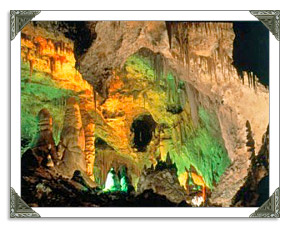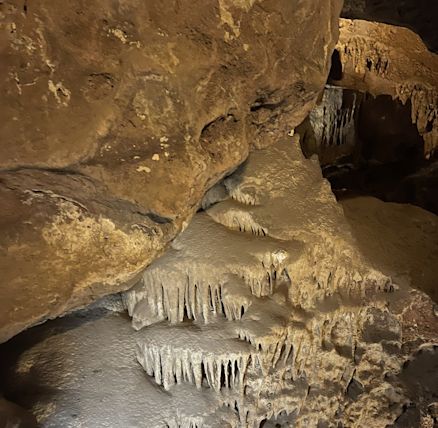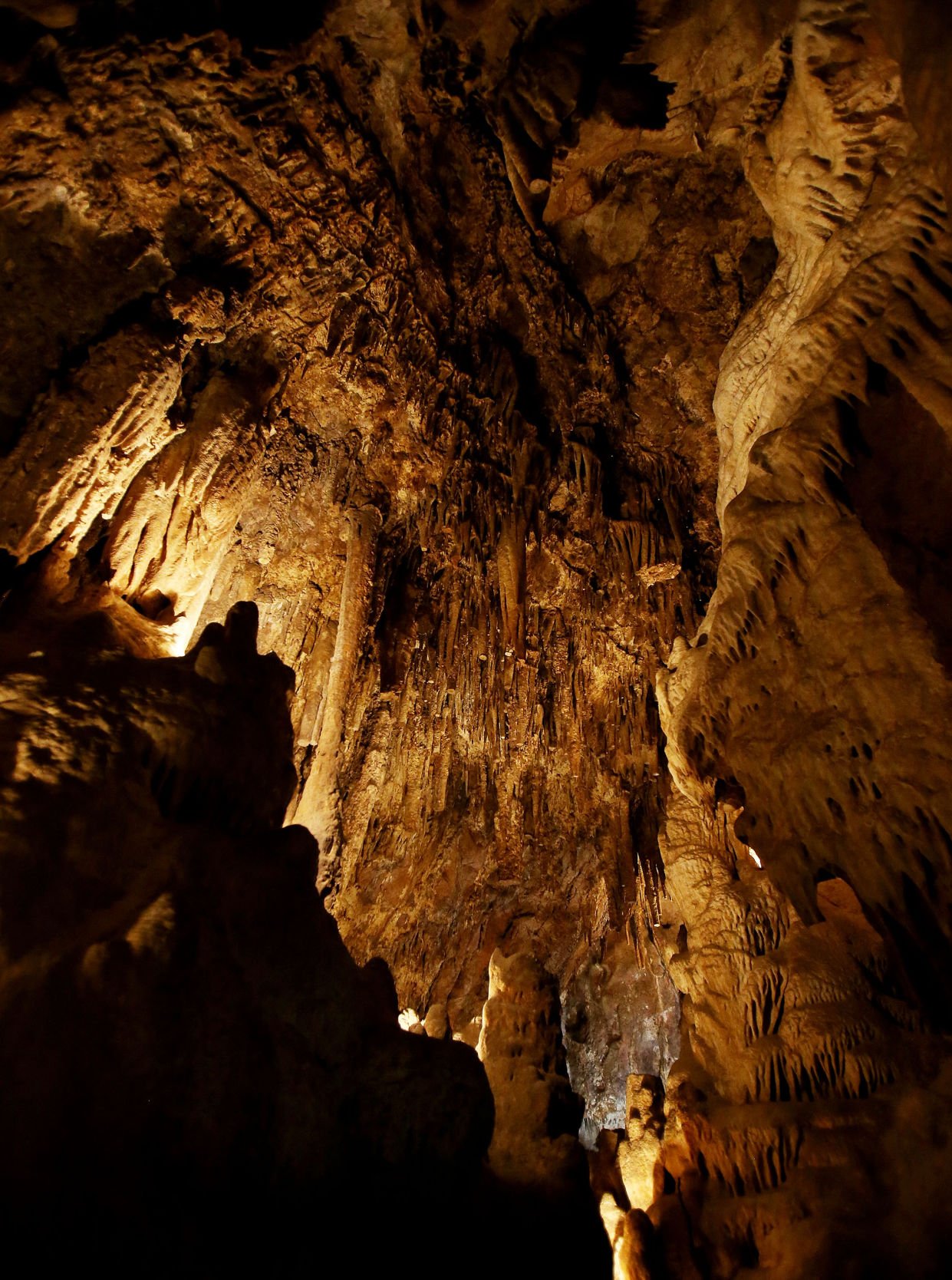

He tends to accompany visitors to the caves to ensure that they don’t stray too far from the beaten path. The most encountered ghost is that of Frank Schmidt, one of the early developers of the cave. At least four ghosts live in the cave system. With no flowing water, the cave is no longer actively growing, but the ghosts and spirits in Colossal Cave are alive and kicking.

The bones of human and animal remains litter the ground. The roofs of the cave are blackened from centuries of Native American bonfires and ceremonies. Come discover the beauty and mystery with us.Just a few miles south of Tucson lies Colossal Cave, an often overlooked natural landmark with well over a thousand years of history. A lot of research and team efforts go into our articles and photos. We are a family that loves the Arizona Desert. Stalagmites – “g” for ground – emerge from the ground like a traffic coneīecause Colossal Cave is DRY the appearance of these speleothems is different than living caves. Stalactites – “c” for ceiling – hang from the top of caves like icicles cave formations with labels stalagmites and stalactites in Colossal Cave Fault lines inside the caveĬave’s formations, speleothems, are created by the same water that dissolved the calcite in the limestone - then deposited the calcite in other areas of the cave. Your guide will point out a fault in the earth’s crust. Our guide really wasn’t kidding when she said the group might go left and you’ll go right and be lost for hours in Colossal Cave. Legend has it that the gold from the train robbers is still inside the cave! These outlaws even played cards in the Colossal Cave Living Room. Your tour guide will tell the story of the bandits who hid out in Colossal Cave. Most crystals in a cave are calcite or aragonite. The growth continues until the saturation is stopped or the cave dries out. Most crystals are found in areas, like caves, because they take thousands of years to grow. Travel down the road to the ranch museum for a fascinating display. Thousands of years ago Colossal Cave was used by Hohokam, Sobaipure and Apache Indians.
Colossal cave loop tucson professional#
professional guides take you through this historical landmark In 1879, Solomon Lick, the owner of the nearby hotel, was searching for stray cattle and discovered the entrance to this cave. Frank Schmidt statue at the caveīring the family and spend the day at this Arizona park You can find information and historical photographs at La Posta Quemada Ranch Museum. walkway outside of Colossal Cave entranceįrank Schmidt was monumental in the improvements and preservation of Colossal Cave by handing over his leases to the State of Arizona.
Colossal cave loop tucson free#
No extra clothing is needed but feel free to carry water or a camera. The temperature of the cave averages 70 degrees Fahrenheit. The elevation of Colossal Cave Mountain Park is about 3,500 feet. Ok this is plenty of background information so now journey with us to Colossal Cave Mountain Park! The retaining wall and Visitor’s Center at Colossal Cave The calcium, oxygen and carbon atoms in aragonite bond together differently creating a unique crystal structure.

They are both calcium carbonate but have different crystal shapes and symmetries. On occasion another element may be present while calcite is being formed (ex: magnesium) and take the place of a calcium atom.Ī less stable aragonite is a polymorph of calcite. In the marine environment, if the conditions are right, calcite is stable enough that it can cement together sediments and overtime make limestone. Calcium carbonate ( calcite), is found in the shells of marine organisms and truly is one of the MOST abundant minerals on earth! The majority of limestone formed on ANCIENT ocean floors.Ĭalcite is a main component used by echinoderms, like sea urchins, starfish, and sand dollars to make their spines and skeletons. The most abundant mineral in limestone is calcite ( calcium carbonate). crystallized calcium carbonate formations Close by, in the same mountain park, are Arkenstone and La Tetera Caves with active growing formations. This cave formed by water depositing limestone that has NOW disappeared. The SPELEOTHEMS in Colossal Cave no longer grow. Calcite, which gets its name from “ chalix” the Greek word for lime, is a most amazing and yet, most common mineral.


 0 kommentar(er)
0 kommentar(er)
